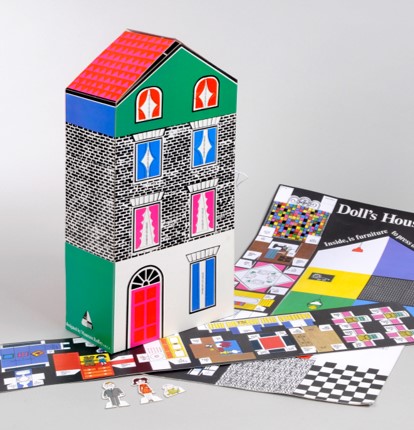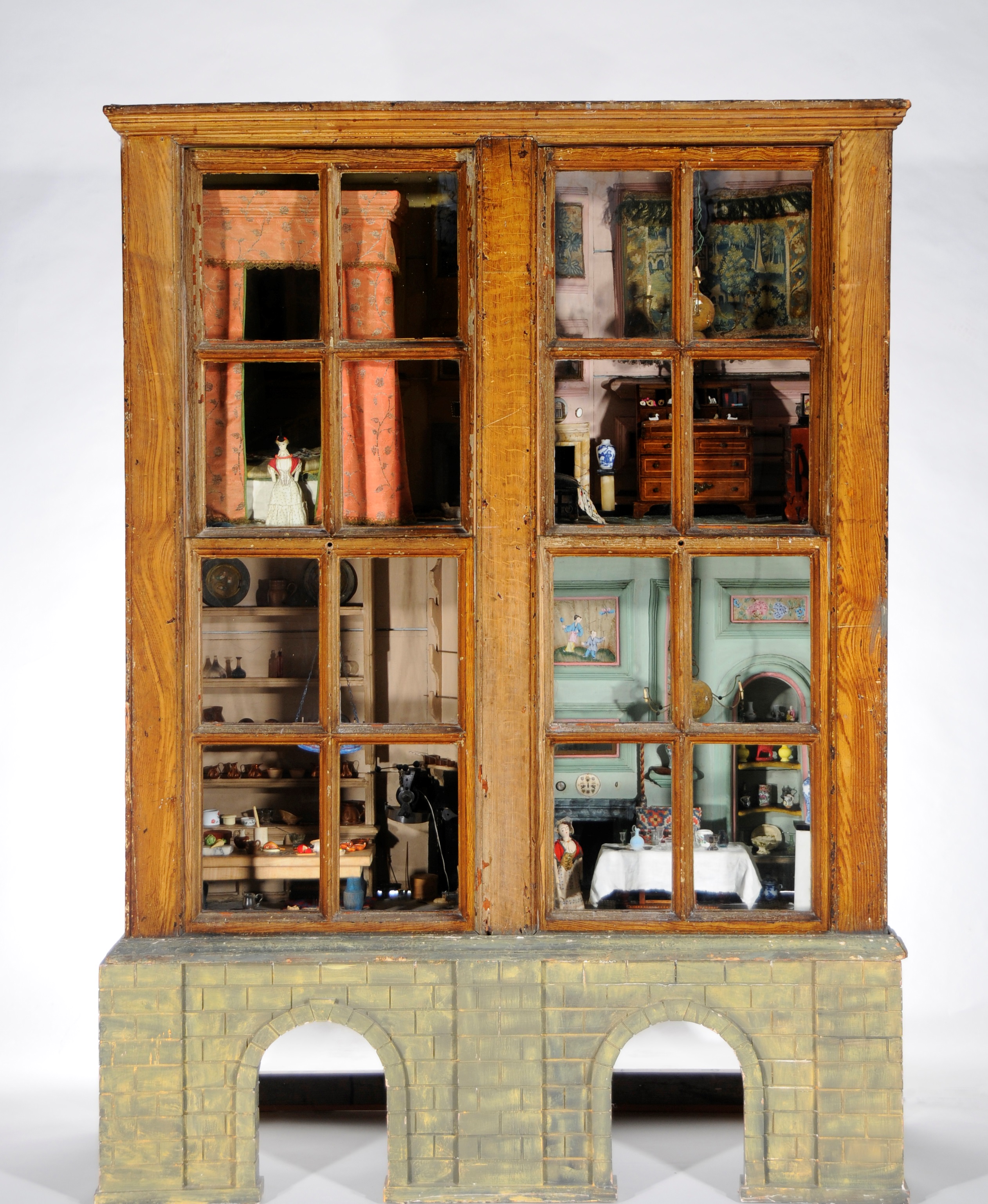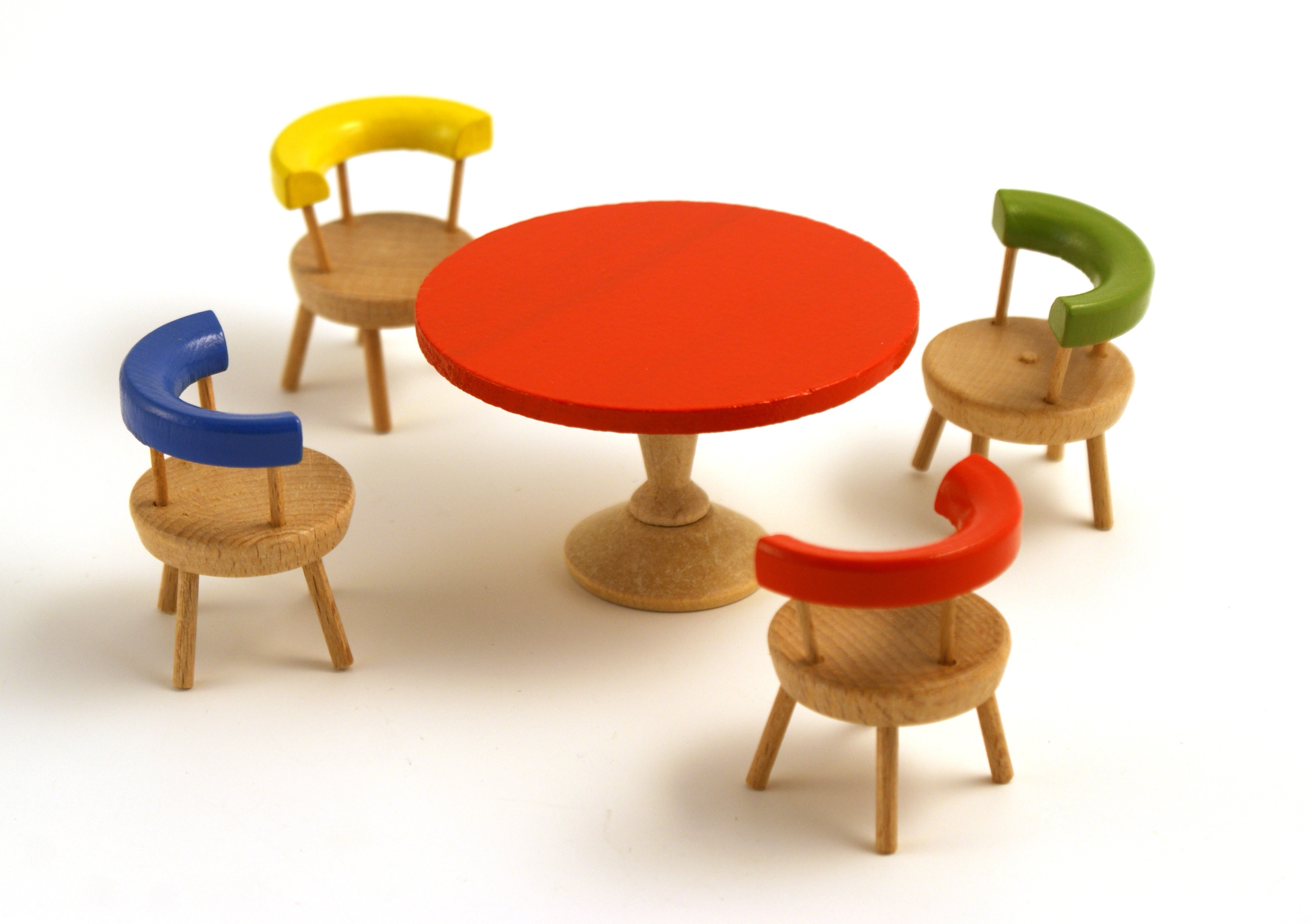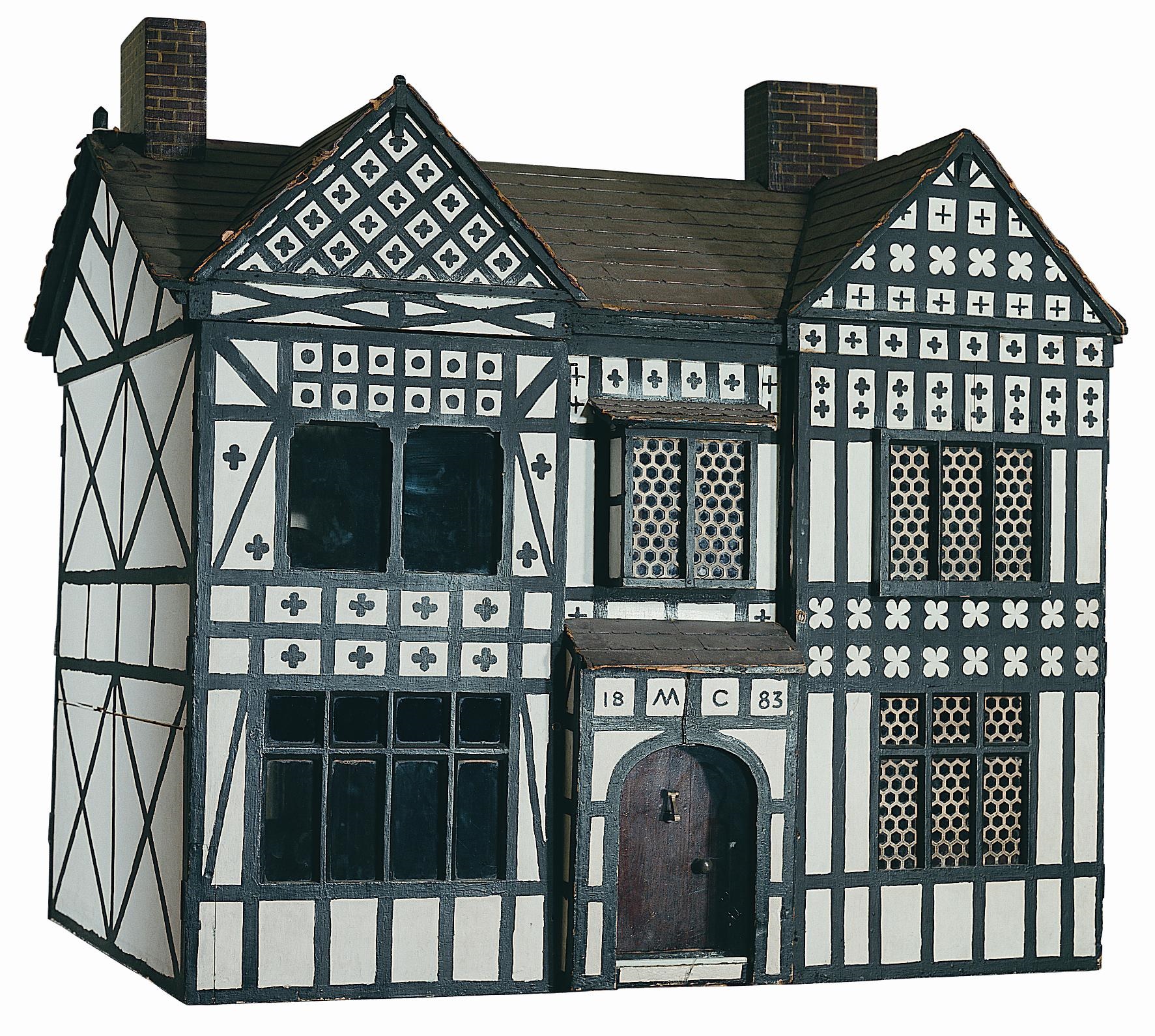Doll’s houses first became popular in the 17th Century, and were originally for adults! They originated in Germany and where they were known as ‘dockenhaus’ - meaning miniature house, not doll’s house. They would be made of wood.
They were intended to display wealth, and their owners would keep collections of expensive miniature homeware locked inside. The oldest surviving British doll’s house dates back to 1695. They were sometimes referred to as 'Baby Houses'.
A different type of doll’s house called a ‘Nuremberg kitchen’ was also popular – this was a miniature version of a kitchen, without a ceiling or front wall.
These were aimed at girls, intending to get them interested in the traditional female roles of housekeeping, furnishing and caring for a home, and cooking.
Girls would be given parts for their miniature kitchen as Christmas gifts.
It wasn’t until the 19th Century, after the Industrial Revolution, that doll’s houses became popular toys. When mass production became possible and more affordable, doll’s houses, furniture and dolls no longer needed to be reserved for a symbol of wealth, and could be played with rather than locked away.
In the 1940s, plastics became a popular material, and brightly coloured plastic doll’s houses could be produced. While they may look a little different now to the wooden cabinets 400 years ago, the popularity of doll’s houses remains strong today.



